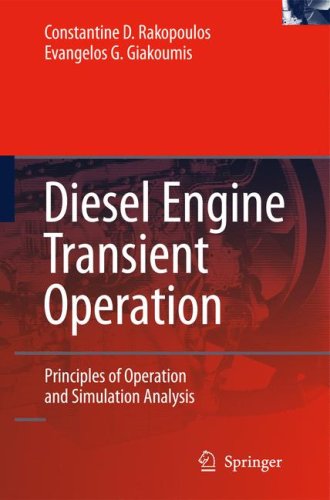

Most ebook files are in PDF format, so you can easily read them using various software such as Foxit Reader or directly on the Google Chrome browser.
Some ebook files are released by publishers in other formats such as .awz, .mobi, .epub, .fb2, etc. You may need to install specific software to read these formats on mobile/PC, such as Calibre.
Please read the tutorial at this link: https://ebookbell.com/faq
We offer FREE conversion to the popular formats you request; however, this may take some time. Therefore, right after payment, please email us, and we will try to provide the service as quickly as possible.
For some exceptional file formats or broken links (if any), please refrain from opening any disputes. Instead, email us first, and we will try to assist within a maximum of 6 hours.
EbookBell Team

4.0
26 reviewsTraditionally, the study of internal combustion engines has focused on the steady-state performance. However, the daily driving schedule of automotive and truck engines is inherently related to unsteady operation, whereas the most critical conditions encountered by industrial or marine engines are met during transients. Unfortunately, the transient operation of turbocharged diesel engines has been associated with poor driveability, as well as overshoot in particulate and gaseous emissions, making the study and modeling of transient engine operation an important scientific objective.
Diesel Engine Transient Operation provides an in-depth discussion of all the complex thermodynamic and dynamic phenomena that are experienced by a diesel engine during load increase, acceleration, cold starting or Transient Cycle. Beginning with the fundamental and most influential turbocharger lag problem, the analysis covers a range of topics, including heat transfer, combustion, air-supply and friction.
Diesel Engine Transient Operation presents the most important findings in the field, with special attention paid to the discussion of exhaust emission mechanisms and to the various methods of improving transient response. Moreover, the discussion of the main experimental techniques covers the measurement of exhaust emissions and particle size distribution, which has gained increasing interest in recent years due to stringent regulations imposed by the EU, USA, and Japan.
Researchers and students in the field will find this book’s comprehensive coverage of the latest research particularly informative, and will also appreciate the authors’ analysis of available modeling techniques.